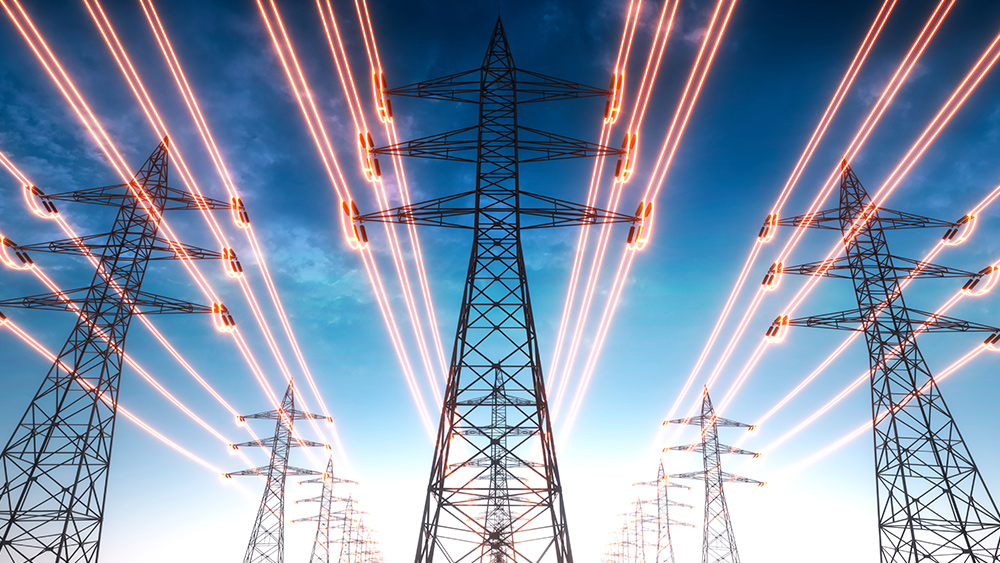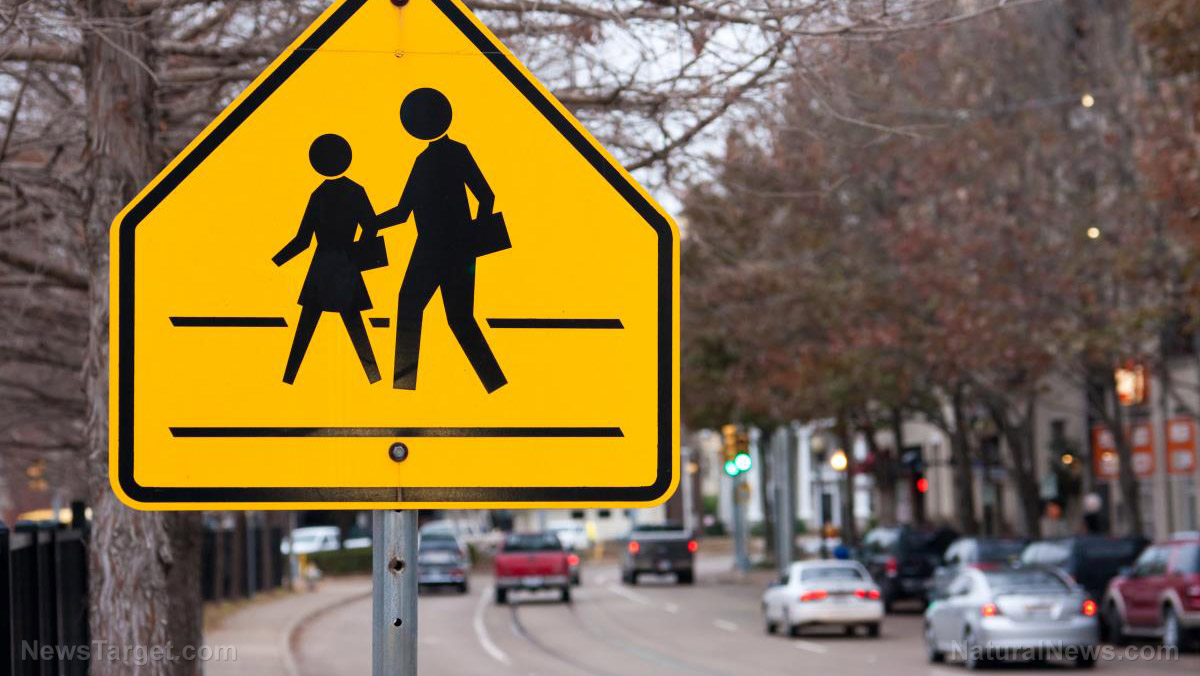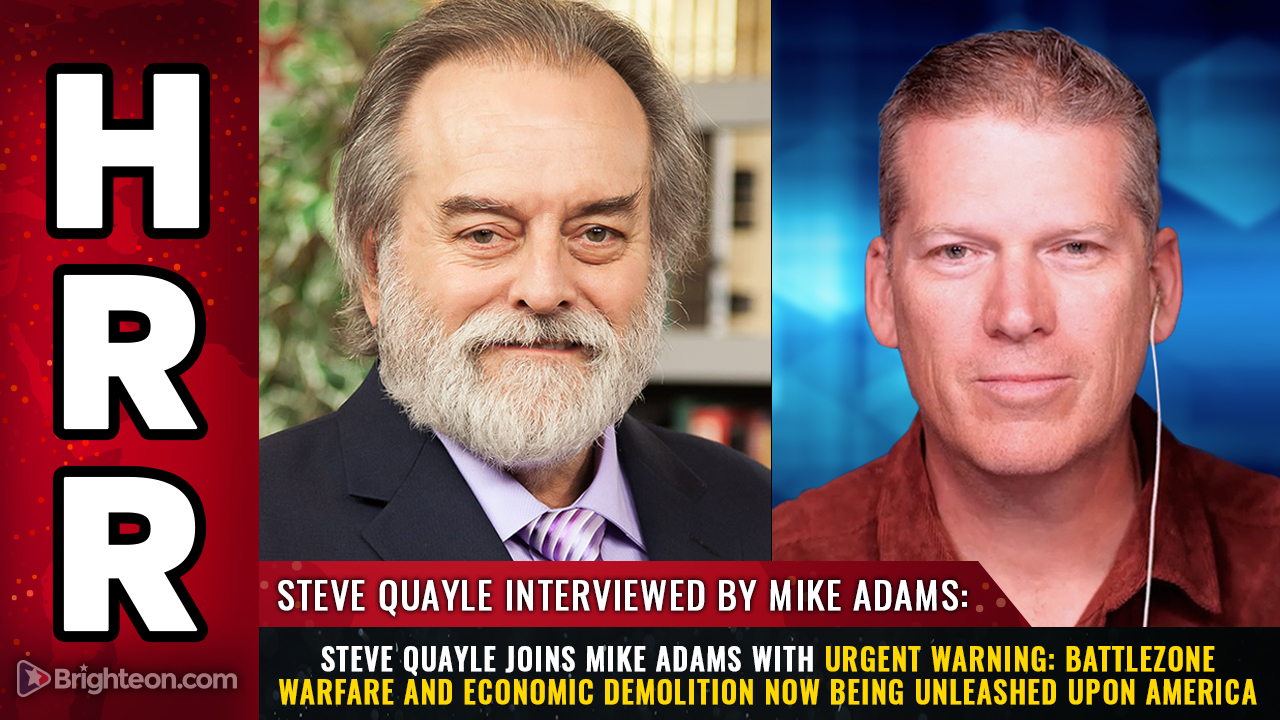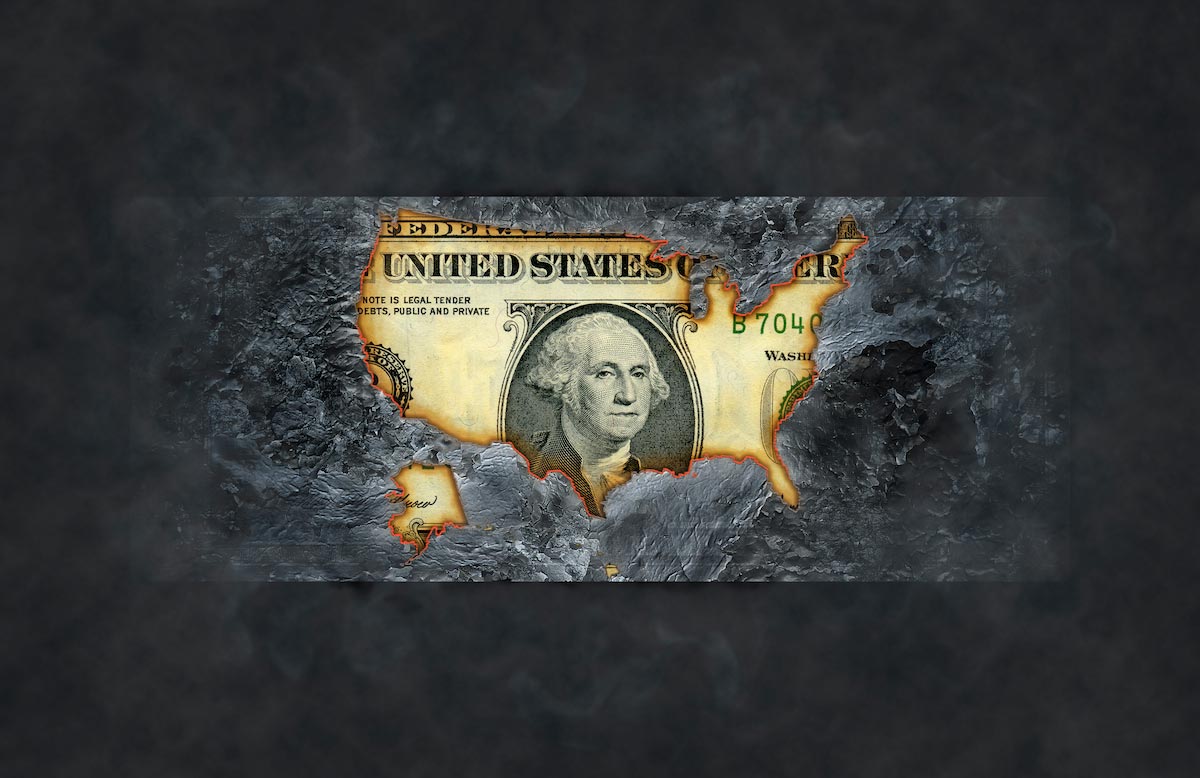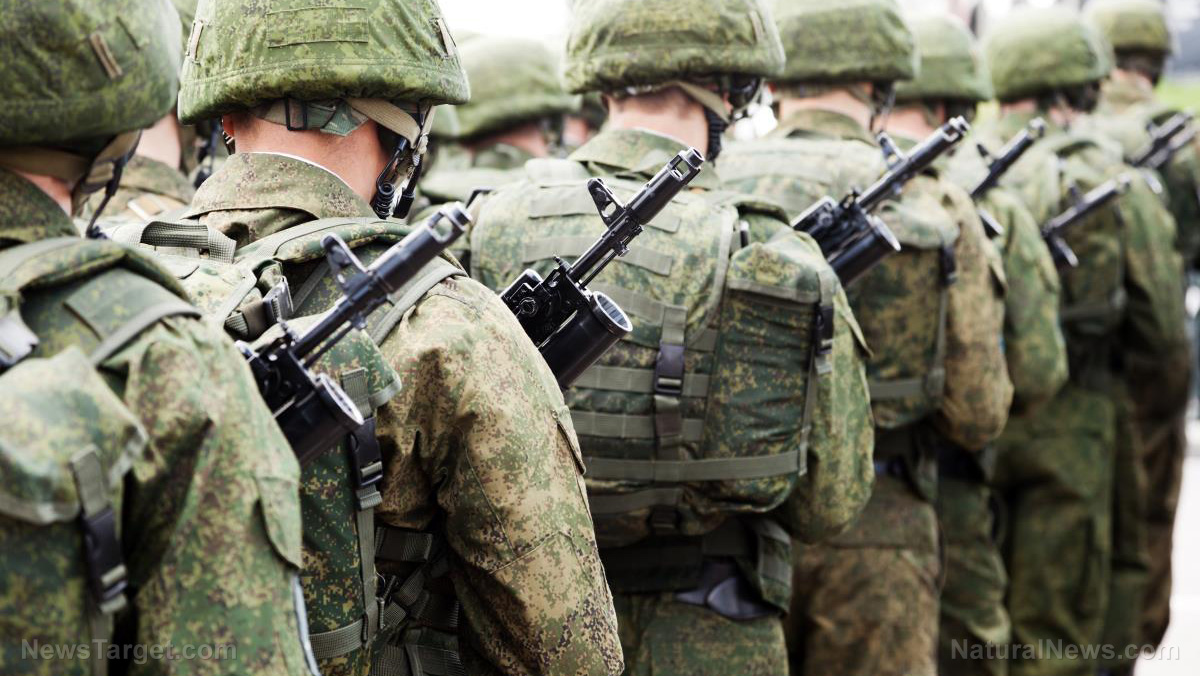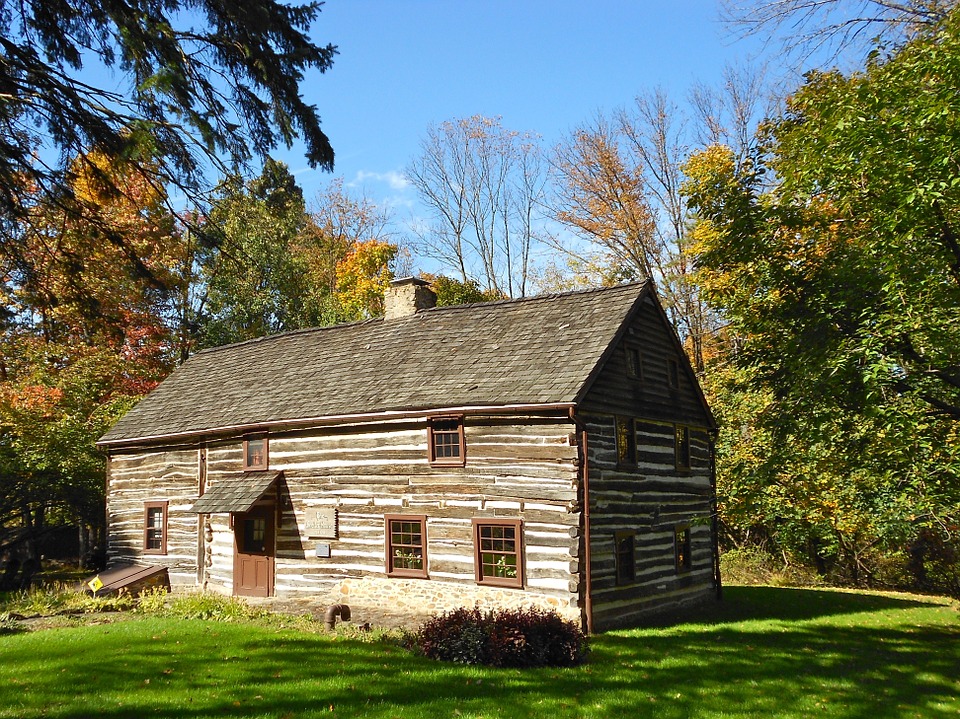Alaska’s Mount Spurr could erupt within weeks, mirroring destructive 1992 event
04/08/2025 / By Cassie B.
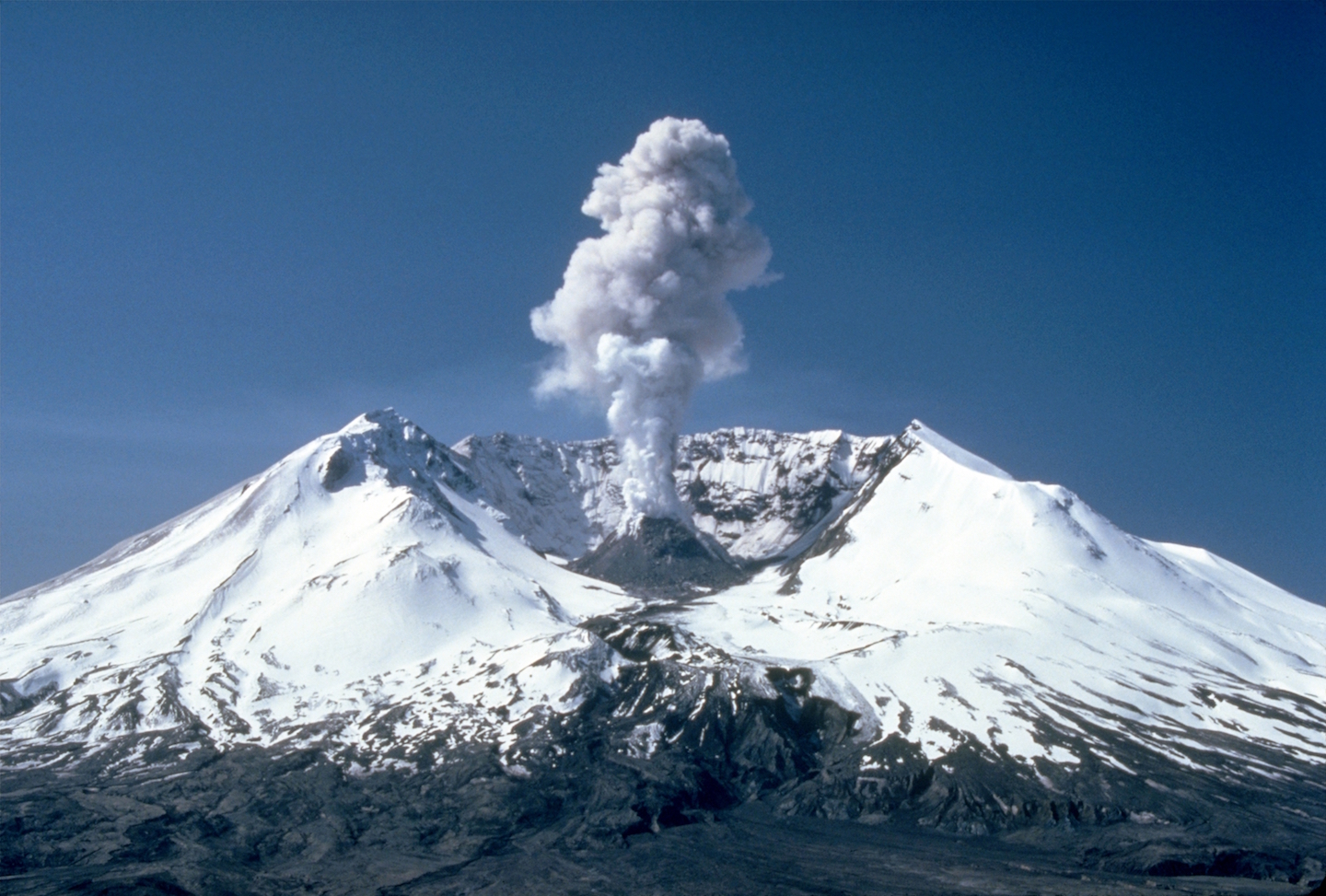
- Mount Spurr, near Anchorage, shows increasing eruption signs like seismic activity and gas emissions.
- A major eruption could disrupt air travel and cover Anchorage in hazardous ash.
- The 1992 eruption caused airport shutdowns, ash-related health issues, and costly cleanups.
- Anchorage has raised emergency levels; officials urge residents to prepare masks and evacuation plans.
- While pyroclastic flows may spare the city, ashfall and lahars remain serious threats.
Scientists are sounding the alarm as Mount Spurr, one of Alaska’s most dangerous volcanoes, has been showing escalating signs of a potential eruption in recent weeks. Located just 81 miles west of Anchorage, the 11,000-foot stratovolcano has exhibited increased seismic activity, ground displacement, and volcanic gas emissions, prompting authorities to raise emergency preparedness levels.
If history repeats itself, an eruption could blanket the state’s largest city in ash, cause major disruptions to air traffic, and trigger hazardous lahars. However, experts stress that early warnings could mitigate some of the worst impacts of this type of eruption.
Why Mount Spurr is a ticking time bomb
Mount Spurr’s recent unrest began in April 2024 but intensified dramatically in early October, with seismic events spiking from 30 to 125 per week. The U.S. Geological Survey (USGS) has detected hundreds of minor tremors in the region, including a magnitude 3.7 earthquake near Petersville on October 11. Even though deep quakes typically signal tectonic shifts, scientists suspect this activity may instead reflect magma rising toward the surface.
Adding to the concerns, gas emissions from Crater Peak — a side vent that last erupted in 1992 — have been surging since March. Combined with ground deformation and melting ice near the summit, these factors are all pointing to an eruption. “This time period of unrest will eventually most likely end in an explosive eruption like the ones that happened in 1953 and 1992,” says Matt Haney, scientist-in-charge at the Alaska Volcano Observatory (AVO).
Lessons from 1992: Ash, shutdowns, and hidden dangers
A repeat of the 1992 eruption would be catastrophic for the areas in and surrounding south-central Alaska. That year, Crater Peak unleashed three explosive blasts, with the most severe one spewing ash 50,000 feet into the sky. Anchorage, which is home to nearly 300,000 residents, was blanketed in ash, turning daylight into twilight. The Ted Stevens International Airport shut down for 20 hours, and cleanup costs soared to $2 million, which is equivalent to more than $4 million today.
Although no direct fatalities occurred, Anchorage reported two heart attacks linked to ash shoveling, one of which was fatal. Volcanic ash poses severe respiratory risks, particularly for those with asthma or bronchitis, warns the AVO. “The tiny particles can work their way deep into the lungs, worsening symptoms for people with respiratory conditions such as asthma or bronchitis,” their advisory notes. Residents are being urged to stockpile masks, seal their windows, and avoid outdoor exertion during ashfall.
Preparing for the inevitable
Last week, Anchorage officials elevated the emergency response level to Level 2, signaling heightened public communication and disaster drills. The AVO is advising locals to monitor its Volcano Notification Service and heed evacuation orders if tremors — a precursor to eruption — emerge. Tourist visits to the remote volcano are strongly discouraged.
Yet Anchorage’s distance offers some relief. Pyroclastic flows, which are deadly avalanches of superheated gas and rock, would likely spare populated areas, Haney notes. Still, mudflows could damage infrastructure, and ash could paralyze air travel, which is a critical lifeline for Alaska’s economy.
Mount Spurr’s unrest is a reminder of nature’s unpredictability. While scientists refine their forecasts, Alaskans are urged to prepare, not panic. With advance warning, Anchorage could minimize disruptions. But as history shows, even a moderate eruption can leave a lasting mark. For now, vigilance is the best defense.
Sources for this article include:
Submit a correction >>
Tagged Under:
alaska, big government, chaos, ecology, environment, Mount Spurr, national security, natural disaster, panic, SHTF, volcanic eruption, volcano
This article may contain statements that reflect the opinion of the author
RECENT NEWS & ARTICLES
COPYRIGHT © 2018 PANIC.NEWS
All content posted on this site is protected under Free Speech. Panic.news is not responsible for content written by contributing authors. The information on this site is provided for educational and entertainment purposes only. It is not intended as a substitute for professional advice of any kind. Panic.news assumes no responsibility for the use or misuse of this material. All trademarks, registered trademarks and service marks mentioned on this site are the property of their respective owners.






